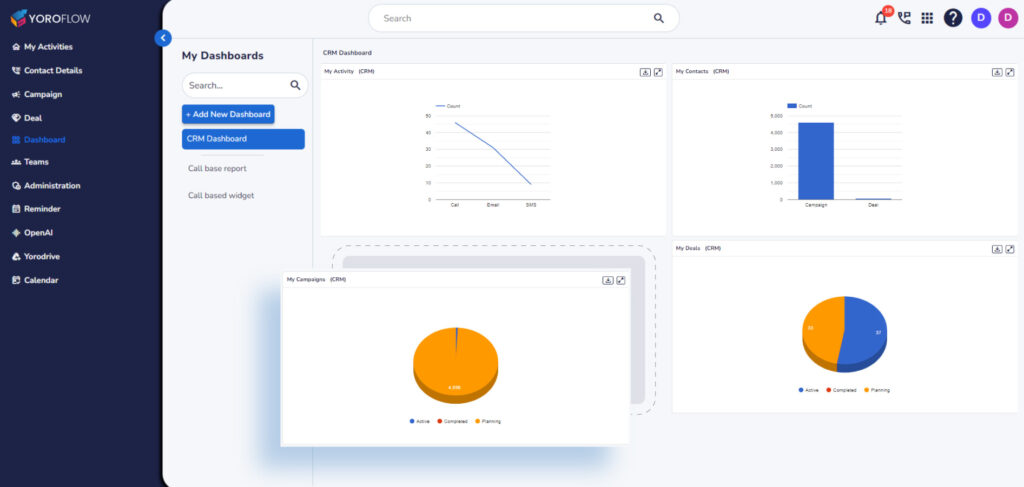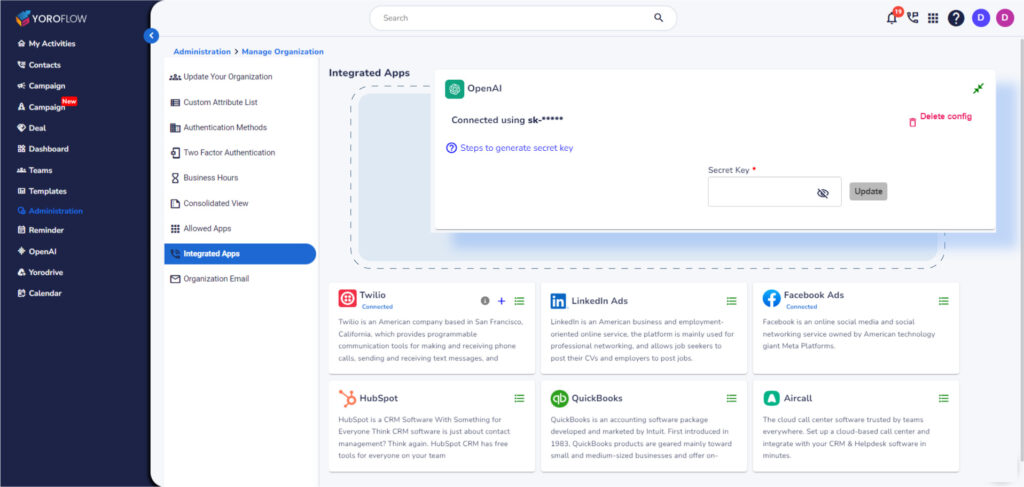Table of Contents
Enhancing digital engagement involves anticipating and addressing your customers’ needs through tailored messaging. Currently, 73% of customers expect companies to comprehend their unique requirements and expectations, emphasizing the growing demand for personalization. Effectively leveraging customer data, alongside utilizing AI to optimize its usage, facilitates the establishment of enduring connections.
However, the approach to collecting customer data must evolve due to the gradual phasing out of third-party cookies, a former mainstay in marketers’ data collection methods, aimed at enhancing consumer privacy protection. Encouragingly, there exists a blueprint to navigate these changes and construct a digital engagement strategy that prioritizes the customer’s needs in every interaction.
Let’s delve into the definition of digital engagement, explore its challenges, and outline how AI, coupled with a robust strategy, can overcome these obstacles.
What constitutes digital engagement and why does it hold significance?
Digital engagement encompasses the interactions between your company and potential or existing customers across various digital channels. Every engagement, be it through social media, email, or the website, contributes to shaping a distinctive digital experience. This experience holds utmost importance, as a well-crafted digital engagement strategy allows you to foster enduring customer relationships.
Creating brand loyalty with digital engagement
Fostering brand loyalty through digital engagement involves strategically connecting with your audience across online platforms. By consistently delivering valuable content, personalized interactions, and responsive engagement on social media, email, and other digital channels, you can establish a strong emotional connection with your customers. This ongoing positive interaction helps build trust and loyalty, ultimately turning customers into advocates who actively support and promote your brand. In the digital era, the key to lasting brand loyalty lies in creating meaningful and memorable experiences that resonate with your audience.
What are the marketing challenges and solutions for digital engagement?
Information Overload:
- Challenge: Consumers are bombarded with an overwhelming amount of information, making it difficult for your message to stand out.
- Solution: Tailor your content to be concise, relevant, and personalized. Utilize data analytics to understand your audience’s preferences and deliver targeted messages.
Privacy Concerns:
- Challenge: Increasing concerns about privacy and data security can hinder customers’ willingness to engage online.
- Solution: Be transparent about data usage, implement robust security measures, and comply with privacy regulations. Assure customers that their information is handled responsibly.
Ad Blockers and Ad Fatigue:
- Challenge: The prevalence of ad blockers and the rise of ad fatigue make it challenging to reach audiences through traditional advertising.
- Solution: Diversify your marketing strategies, focus on creating engaging and relevant content, and explore alternative channels like influencer marketing or native advertising.
Evolving Technology:
- Challenge: Rapid technological advancements may pose difficulties in keeping up with the latest trends and platforms.
- Solution: Stay informed about emerging technologies such as CRM software or sales automation tools, invest in continuous learning for your team, and adapt your strategies to incorporate new tools and channels.

Solutions for Digital Engagement Challenges:
Personalization:
Solution: Leverage customer data to create personalized experiences. Tailor content based on preferences, behaviors, and demographics to make interactions more meaningful.
Multichannel Approach:
Solution: Diversify your digital presence across various channels. Engage with your audience on social media, email, websites, and other platforms to maximize reach and impact.
User-Generated Content:
Solution: Encourage customers to create and share content related to your brand. This not only provides authentic engagement but also extends your reach through word-of-mouth marketing.
Interactive Content:
Solution: Incorporate interactive elements such as quizzes, polls, and surveys. This not only captures attention but also encourages active participation, enhancing the overall engagement experience.
Data Analytics and AI:
Solution: Utilize data analytics and AI to gain insights into customer behavior. This allows for more informed decision-making and enables the delivery of personalized and timely content.

By addressing these challenges with strategic solutions, businesses can enhance their digital engagement efforts and build lasting connections with their target audience.
Three steps for building a digital engagement strategy
Define Your Objectives and Audience:
- Identify Goals: Clearly define the objectives you aim to achieve with your digital engagement strategy. Whether it’s increasing brand awareness, driving sales, or improving customer satisfaction, having specific goals provides a clear direction.
- Understand Your Audience: Define your target audience and create detailed customer personas. Understand their preferences, behaviors, and pain points to tailor your digital engagement efforts effectively.
- Select Key Performance Indicators (KPIs): Determine the metrics that align with your objectives. Whether it’s website traffic, conversion rates, or social media engagement, selecting appropriate KPIs helps measure the success of your strategy.
Choose the Right Digital Channels and Tools:
- Identify Relevant Channels: Select digital channels that align with your target audience. Whether it’s social media platforms, email, websites, or mobile apps, choose channels where your audience is most active.
- Leverage Technology and Tools: Explore and integrate relevant technologies and tools, including AI, customer relationship management (CRM) systems, and analytics platforms. These tools help in personalization, data analysis, and optimizing engagement across channels.
- Implement Multichannel Strategies: Create a cohesive strategy that spans multiple channels. Consistency in messaging and user experience across various platforms enhances the overall impact of your digital engagement efforts.
Develop Engaging Content and Interactions:
- Create Compelling Content: Develop high-quality, relevant, and engaging content that resonates with your audience. This includes blog posts, videos, infographics, and other formats that align with your brand and capture attention.
- Personalize User Experiences: Utilize data and AI to personalize interactions. Tailor content, recommendations, and offers based on user behavior and preferences, enhancing the overall user experience.
- Encourage Interaction and Feedback: Actively encourage audience participation through comments, reviews, surveys, and social media interactions. Foster a two-way communication channel to build a community around your brand.
- Optimize for Mobile: Ensure that your digital engagement strategy is mobile-friendly. With a growing number of users accessing content on mobile devices, optimizing mobile responsiveness is crucial for reaching a broader audience.
- Monitor and Iterate: Regularly monitor the performance of your digital engagement efforts using analytics. Analyze user behavior, track KPIs, and gather feedback to identify areas for improvement. Iterate your strategy based on insights to continually enhance effectiveness.
Building a successful digital engagement strategy involves a combination of clear goal setting, strategic channel selection, and the creation of compelling, personalized content. By following these three steps using the best CRM system, businesses can establish a framework for meaningful and sustained engagement with their target audience.




